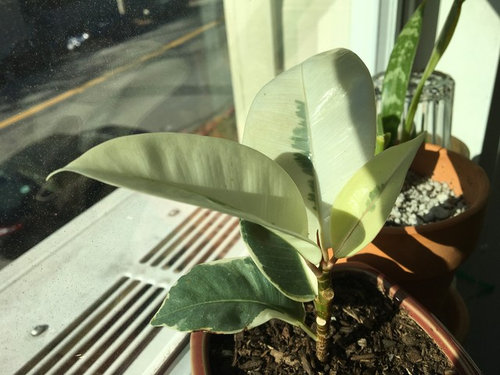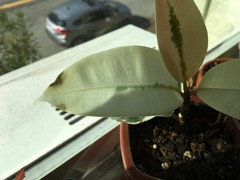Can my Ficus elastica “Tineke” be persuaded to make greener leaves?
kittykombucha
6 years ago
Featured Answer
Sort by:Oldest
Comments (12)
Related Professionals
Ballenger Creek Landscape Architects & Landscape Designers · Hyattsville Landscape Architects & Landscape Designers · Wakefield Landscape Contractors · Brookside Landscape Contractors · Battle Ground Landscape Contractors · Berwyn Landscape Contractors · Bowie Landscape Contractors · Chesapeake Ranch Estates Landscape Contractors · Concord Landscape Contractors · Homewood Landscape Contractors · Oakland Landscape Contractors · Vashon Landscape Contractors · 07920 Landscape Contractors · Kingsburg Landscape Contractors · Golden Valley Landscape Contractorskittykombucha
6 years agokittykombucha
6 years agokittykombucha
6 years agotapla (mid-Michigan, USDA z5b-6a)
6 years agolast modified: 6 years agokittykombucha
6 years agokittykombucha
6 years agoJean
6 years agotapla (mid-Michigan, USDA z5b-6a)
6 years ago
Related Stories

MOST POPULARThe Perfect Houseplant for People Who Kill Houseplants
If you can fill a jar with water, you can keep golden pothos vine happy — and it will pay you back with cleaner air and a greener home
Full Story









Tiffany, purpleinopp Z8b Opp, AL